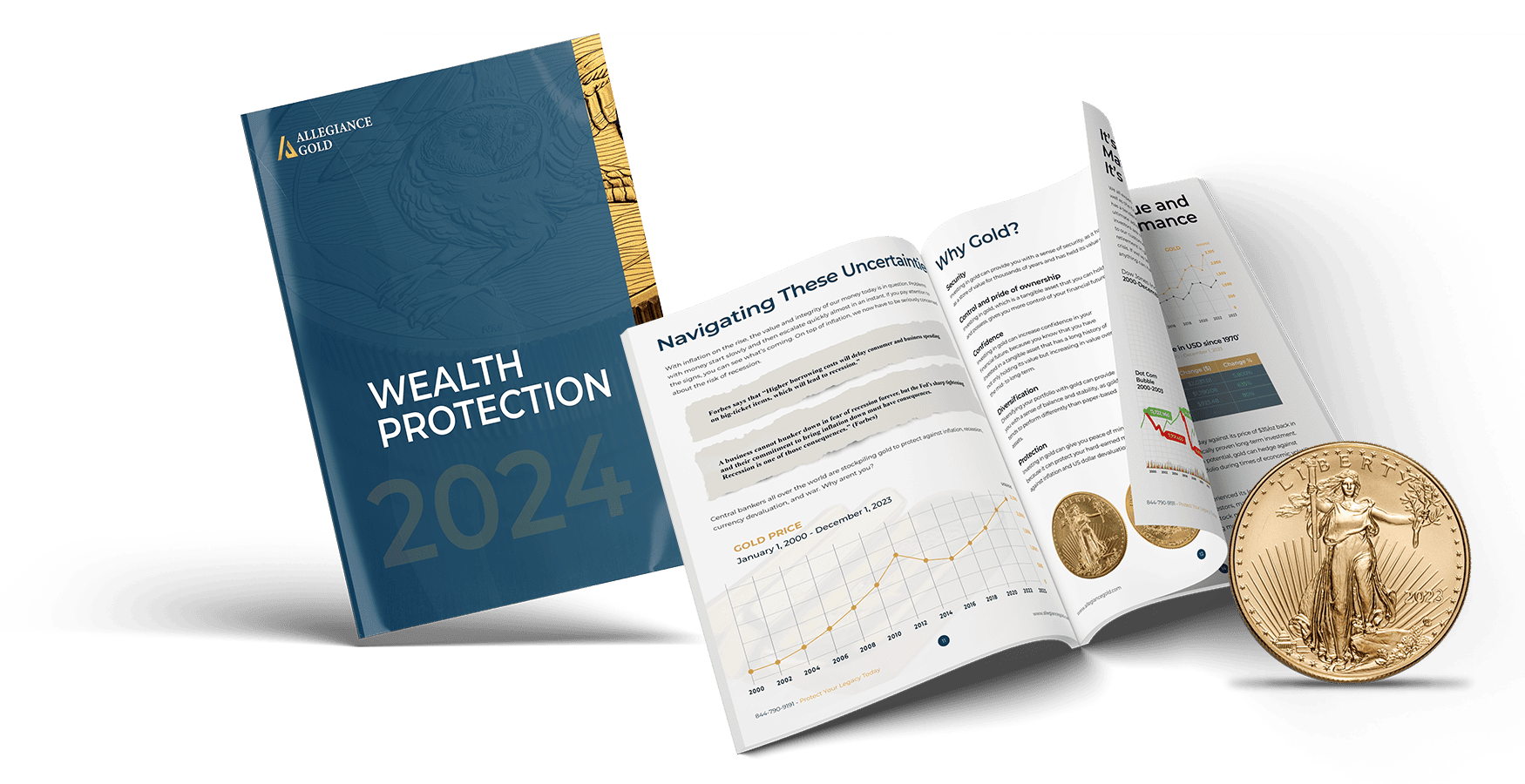We’re nearing the end of a tumultuous year and we’re nowhere near the V-shaped recovery we had hoped for.
The effects of a year dominated by a crippling pandemic and its devastating lockdowns as well as the economic turmoil it brought on are bound to leave some scars as each month seems to unfold with new unforeseen developments. While most probably wish to return to normal, normal may no longer be how some remember it.
We’re entering an era of a new normal. The economic decline of this year has been a massive blow to our livelihood, resulting in mass unemployment, inability to pay for basic needs including housing and student loans, as well as personal and business debts. Americans are now left trying to pick up the pieces and make do the best they can. With the V-shaped recovery looking like a pipe dream, we’re now faced with an unwelcome reality that we may be headed for a double-dip recession. And unlike previous financial crises, this one is hitting us from every angle.
- Higher Taxes
With an anticipated Biden administration comes promised tax hikes, which include raising the top individual income tax rate from 37% to 39.6% and extending the 12.4% portion of the Social Security tax to earnings over $400,000. Biden is also looking to reduce the amount that an individual can transfer free of estate and gift taxes from $11.58 million to $3.5 million in bequests at death and $1 million in lifetime gifts. Other gifts or unrealized capital gains from transferred assets to heirs would also be subject to tax.
High marginal tax rates discourage spendings and savings. In an already weak economy, this will be detrimental as businesses will continue to shut down or possibly move operations abroad to avoid the tax increase. Higher taxes also discourage investment and innovation, while specific tax preferences can also greatly impact the allocation of economic resources.
- Massive Debt
It’s become expected given these unpredictable times, that when there’s a problem, you throw money at it. With the detrimental effects of the spreading pandemic, monetary stimulus measures became a standard prescription for allocating funds to this economic crisis. Essentially, in a crisis people and businesses spend significantly less, so the government steps in to fill the gap with alternative spending measures.
During this most recent crisis, stimulus payments came in various forms, from bailouts to tax incentives to direct payments to citizens and supplemental unemployment benefits (the CARES Act most recently gave unemployed workers an additional $600 and then $300 per week, on top of the benefits they were receiving from their respective state.) The money was depleted fairly quickly and now we’re looking at a new round of stimulus, meaning the Fed will be printing more money, the national debt will rise by possibly $4 Trillion more, bringing our debt to above $31 Trillion, which will cause the dollar to deflate losing value as well as purchasing power and thus bringing down our economy.
- Real Estate Bubble
Homeowners and renters are deeply underwater, struggling to pay their mortgage and rent. Currently, 3.4 Million homeowners and 2.8 million renters are delinquent on their housing payments and are in jeopardy of losing their homes and livelihood.
While we’re not officially in a housing collapse like the one from 2008, we’re well underway. The Fed may be trying to pump trillions into the financial system, however, it doesn’t resolve the issue of people unable to afford their homes.. It’s highly likely we’ll see another wave of mortgage defaults that will never be paid.
- The Demise of Corporate America
Small and medium-sized businesses have been the cornerstone of the American dream. Over the last several decades, they have expanded to amount to nearly 50 percent of the private sector workforce. Currently, the majority have been devastatingly impacted by the Coronavirus lockdowns and are struggling to stay afloat. Roughly 60% of these businesses have already shut down permanently with a third of restaurants expected to close. Restaurants that are able to accommodate outdoor dining regulations were able to stay open however with the winter months approaching, they will need to either shift to take out only or close their doors entirely. Major retailers from J. Crew to JC Penney’s have also already filed chapter 11, so the devastation is felt throughout corporations large and small.
As some businesses have also shifted to remote employment, the impact on commercial real estate has been strongly felt. The work-from-home culture has become ingrained for many organizations due to social distancing and school closures where parents have to be at home with their children. Shopping centers have become ghost towns as well, due to partial closures and lowered consumerism. If this trend continues, many commercial landlords, and businesses alike, will be in jeopardy of facing bankruptcies.
- Potential Market Collapse
Experts and analysts have been warning for weeks that the stock market is aggressively overvalued. Based on the current market-to-GDP ratio of 65% above the historical average, it’s clear that expectations for future growth have risen at a much higher rate than the economic output. This creates a big gap in the market which makes it highly overvalued.
This valuation expansion is partly due to low-interest rates and monetary stimulus amid the Coronavirus pandemic. With the Fed cutting interest rates to zero and launching an open-ended quantitative easing program to help support the economy during this global health crisis, we’re looking at what could be an imminent collapse. Central banks have also launched a series of programs to help struggling businesses stay afloat and began buying corporate debt for the first time.
Is Your Retirement Savings Secure?
At this point, the question facing investors today is not if a crash will occur, but when? While it’s impossible to predict when a market collapse might occur, the GDP to market ratio, aka the Buffet Indicator has been instrumental in forecasting previous financial crises and all signs point to the possibility of an imminent downfall.
We’re eight months past the start of the Coronavirus lockdowns and we’re still experiencing The Dow Jones zigzagging up and down nearly 1000 points on a weekly basis. The instability is enough to make anyone panic so it’s best to be prepared as not to make the wrong move that may implicate your life’s savings.
Investors nearing retirement should strongly consider the possibility of what might happen in a market crash. In the 2008 collapse, investors who had their funds in stocks lost about 55% of their investments. Given the severity of what we saw with the onset of the virus in March, the coming crisis could make yesteryears’ catastrophes look like a walk in the park.
However, one asset has not only maintained its value but rose exponentially since the 2008 crash and that’s gold. The yellow metal has seen a 250% growth since 2008 and most recently has increased by 25% this year alone amid the pandemic.
Gold has historically performed well especially in times of crisis and has seen tremendous long-term growth. In the past 20 years since the dot com boom of 2000, Gold has increased over 500%, breaking record highs and despite the recent dip, poised to resume its upward trajectory.
Investing in gold is easy and most importantly safe and secure. You can simply transfer or rollover existing assets from your existing 401(k), 403(b), IRA or any similar retirement account into a gold IRA, allowing you to maintain the same tax advantages you already enjoy without limitations you might have with a traditional IRA.
Whether rolling over an existent retirement account to a gold IRA or purchasing minted coins to grow your wealth, the possibilities of protecting your investments are endless. To learn more about the best ways to secure your retirement savings, contact an Allegiance Gold Account Executive today!



 Custom Precious Metals IRA
Custom Precious Metals IRA



